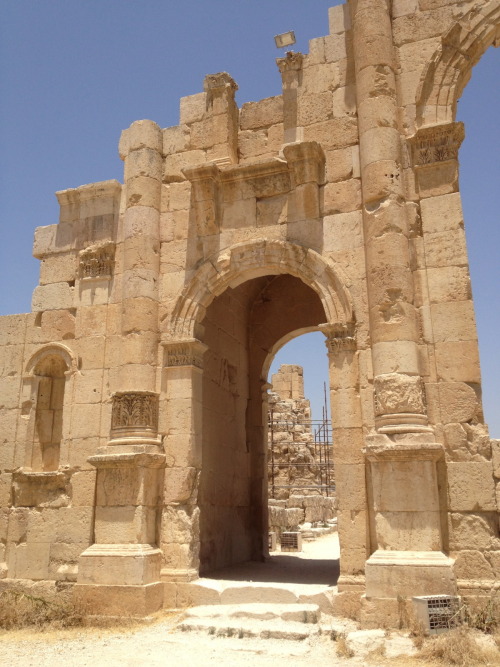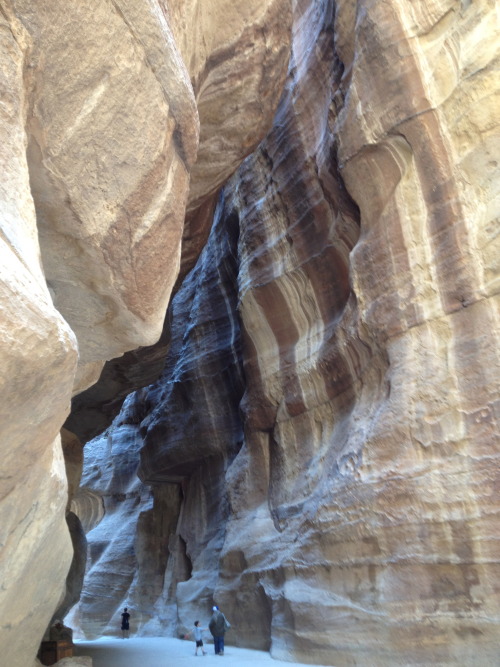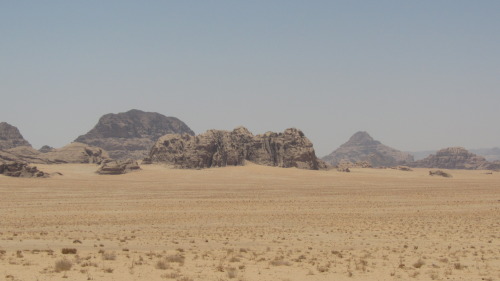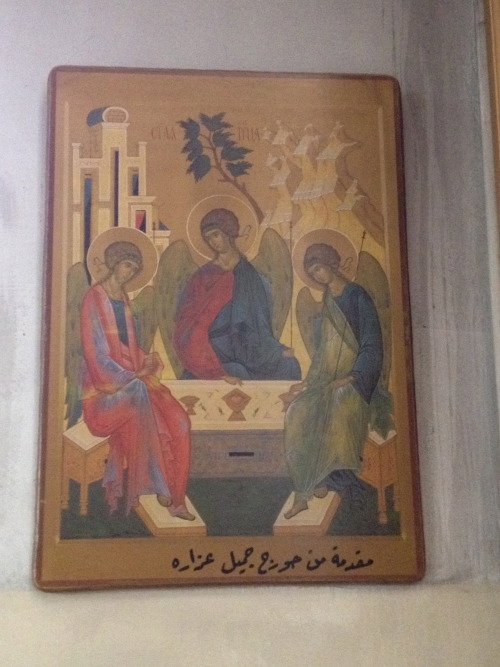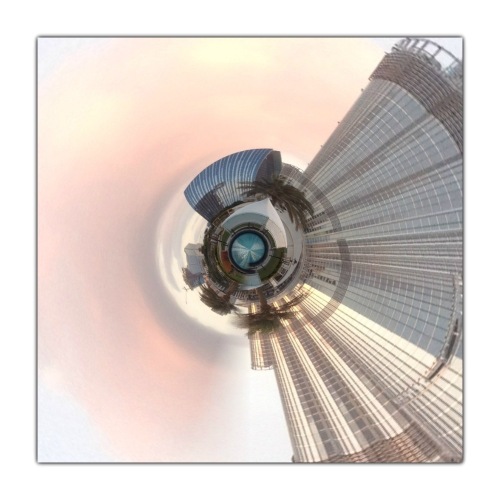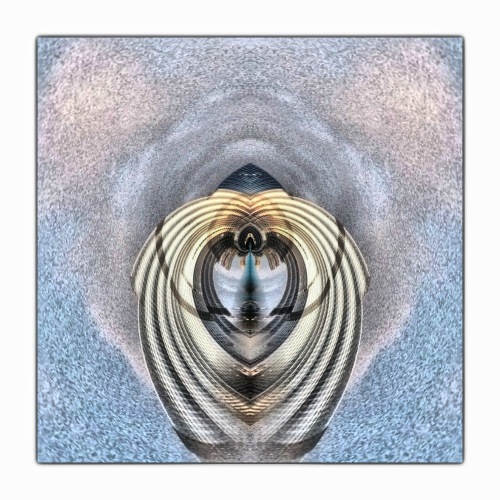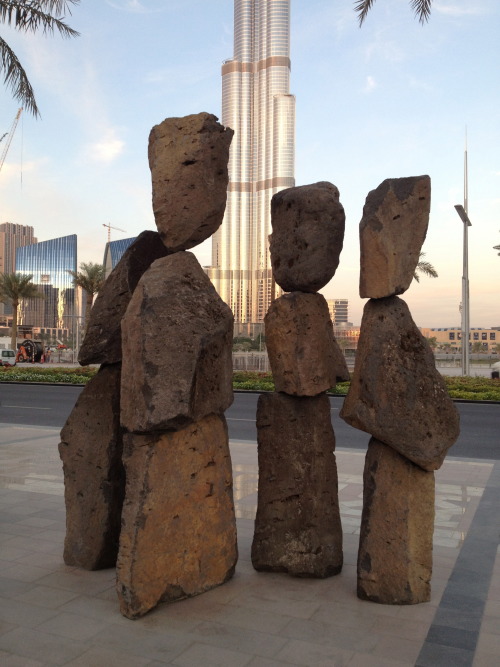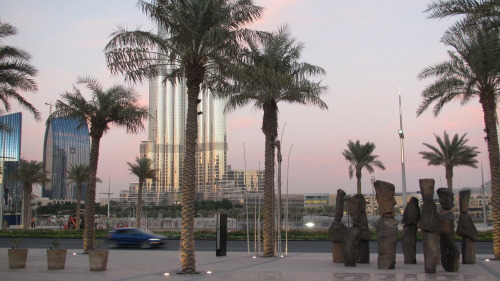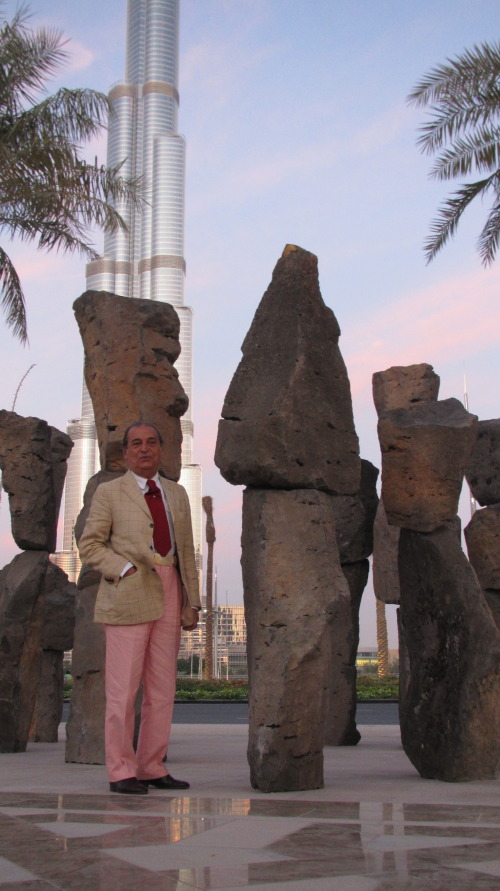Technology and Transformation
 Thursday, March 14, 2013 at 3:17PM
Thursday, March 14, 2013 at 3:17PM
Robb Smith, in a TEDx video entitled “The Transformational Life”, explains how throughout the ages the tools of the time have gone hand in the hand with the size of communities.
In the hunting and gathering era, the average size of a community was 40 people. When the digging stick was invented, plants could be cultivated and they provided food for a community of about 1500. The invention of the plow in the agrarian age supported a larger population of about 100 thousand people and the invention of machines such as the printing press and the steam engine in the industrial era of the 17th to 19th centuries, allowed societies to grow to about 10 million people.
This exponential growth continued with the invention of the transistor in 1947 and the computer revolution of the next decades. The early 1990s saw the coming into being of a world wide web of 100 million people. High speed data networks and the spread of smartphones mean that today almost 7 billion people have the possibility of becoming a single society.
We say the world has become smaller, but in actual fact communities have become larger.
As I walked from the metro one evening recently, white cords dangled from my ears and connected to my iphone which I carried in my right hand. The music which accompanied me paused briefly as I took an incoming call. A little while later I stopped to capture an image on my camera roll, and as I did so, I suddenly saw myself as if from afar. This was accompanied by an overwhelming thought - “I’m a cyborg now!”
The separation between being online and offline had suddenly disappeared. The boundary between these two worlds blurred and they suddenly collapsed into one.
No doubt the experience was greatly influenced by a fascinating TED talk, “We are all cyborgs now” by Amber Case, which I had recently watched, but nevertheless, I was filled with excitement and gratitude for the fact that I was living in an age where people can interconnect in real time by means of a little handheld device.
A 1960 paper on space travel defined a cyborg as an organism “to which exogenous components have been added for the purpose of adapting to new environments”.
It is interesting to note that whereas the invention of previous tools had enabled humans to extend their physical selves, current technology allows for the extension of the mental self.
“here2here” took on an added meaning as I realized that the “virtual” and the “real” world were no longer separate for me. They formed a wholeness which brought with it new dimensions I could not have imagined even five years ago.
"Avatars"
My iphoneography art is an attempt to express these dimensions. Created with apps, the outcome is not fixed at the start of the process. Patient flicking through numerous adaptations of an image I am working on allows me to intuitively choose the one I feel most appropriate. The end image is an expression of the experience of being in cyberspace, as well as an example of being a co-creator with the apps and technology at my disposal.
I look at this world as it looks back at me, and suddenly I am looking as the world.
This looking is accompanied by a deepening sense of responsibility and I am reminded of the question asked by Wisdom 2.0:
“How can we live with greater presence, meaning and mindfulness in the technology age?”
The objective of the conference, @Wisdom2conf, this year, was to address the challenge of our generation: “to not only live connected to one another through technology, but to do so in ways that are beneficial to our own well-being, effective in our work and useful to the world.” I can highly recommend the 2013 videos. (One of my favorites is Jon Kabat-Zinn being interviewed by Melissa Daimler of Twitter).
The technology of this age brings with it the temptation of distraction and addiction when we do not realize the need to be grounded. Checking in with our inner and outward experience regularly and mindfully helps us to maintain this groundedness.
“Without a connection to the earth and to the physical body, all signals become static”. Steven Vedro in “Twitter, Ambient Awareness and Spiritual Practice”.
I share Robb Smith’s opinion. We are no longer in the Information age. We have entered the Transformation age with all the opportunities it offers us to look not at the other through all the perspectives being offered us, but as the other.
Related blog posts:
